The ancient German city of Cologne has a rich and dignified history. But its impressive cultural heritage was almost lost during the monstrous destruction during the Second World War. Almost all of its cathedrals, historical buildings and monuments have been restored from ruins. However, to the delight of the tourist, this is done so skillfully that the difference is almost imperceptible or insignificant.
Cologne has many museums, galleries and concert halls. The city with dignity holds the brand of a major cultural center of Germany. Numerous tourists enjoy strolling along the Hohenzollern Bridge, from where a breathtaking view of the Rhine and Cologne Cathedral opens up, sit in the evenings in countless bars and happily join the history of the ancient German land.
What to see and where to go in Cologne?
The most interesting and beautiful places for walking. Photos and a short description.
- Cologne Cathedral
- Cologne city hall
- Palace Augustusburg
- The White house
- Museum Ludwig
- Chocolate Museum
- Roman Germanic Museum
- Wallraf-Richartz Museum
- Schnutgen Museum
- House of cologne 4711
- Perfume Museum (Farina's House)
- Gürzenich
- Hahnentorburg Gate
- Saint Severin's Gate
- Ulrepfort
- Eigelstein gate
- Bayenturm tower
- Church Great Saint Martin
- Church of St. Panteleimon
- Apostolic church
- Cologne cable car
- Hohenzollern Bridge
- Botanical Garden Flora
- Amusement park Fantasy-land
- Cologne zoo
Cologne Cathedral
A magnificent and majestic monument of Gothic architecture, one of the most beautiful Catholic cathedrals in Europe. This is the largest church in Germany. The Cologne Cathedral was built from the 13th to the 19th centuries. During the Second World War, it withstood more than ten bombings and survived. The facade of the temple is the largest church facade in the world. Priceless Christian relics are stored inside - the remains of the Magi who welcomed the newborn Christ.

cologne city hall
City government building a few meters from the Cologne Cathedral. The oldest part of the town hall was erected in the 14th century, but these buildings have hardly survived. The building that has survived to this day is a copy of a building from the beginning of the 15th century (during the Second World War, the town hall was completely destroyed). The Gothic tower of the town hall, 61 meters high, is the symbol of Cologne.
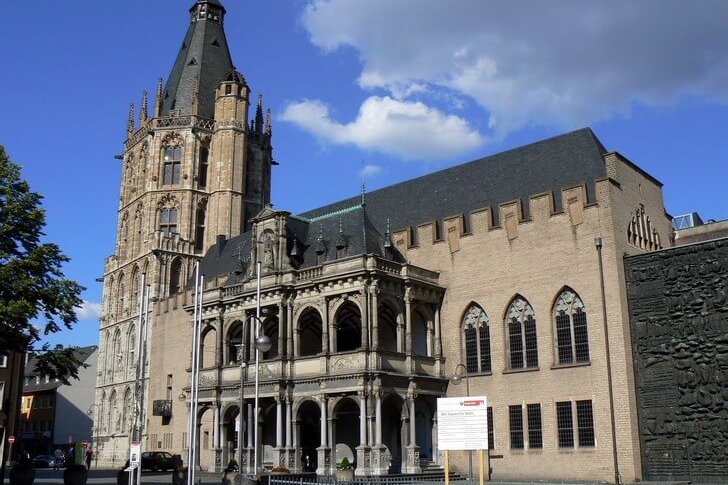
Palace Augustusburg
Augustusburg Palace is considered a masterpiece of baroque architecture. Its interiors are decorated in a luxurious rococo style, and the palace landscape park completes the harmonious architectural ensemble. The complex appeared in the 18th century thanks to the desire of Archbishop Clemens August von Wittelsbach, who was distinguished by his delicate, elegant taste and craving for beauty.
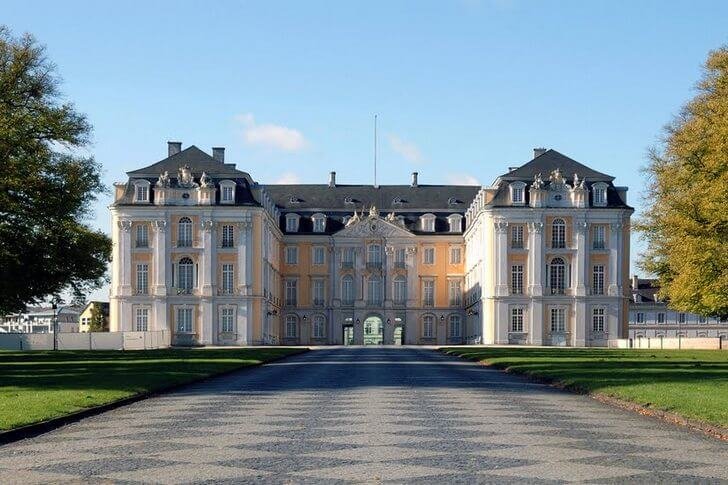
The White house
Medieval castle on the water, located in the district of Sylz. It bears the name "Weisshouse", which means "White House". In the Middle Ages, the fortress served as a defensive structure and the residence of the abbey of the Benedictines. The brick tower of the castle has remained unchanged since the beginning of the 17th century, the rest of the buildings date back to the 19th century. Nowadays, the castle is owned by a private individual.
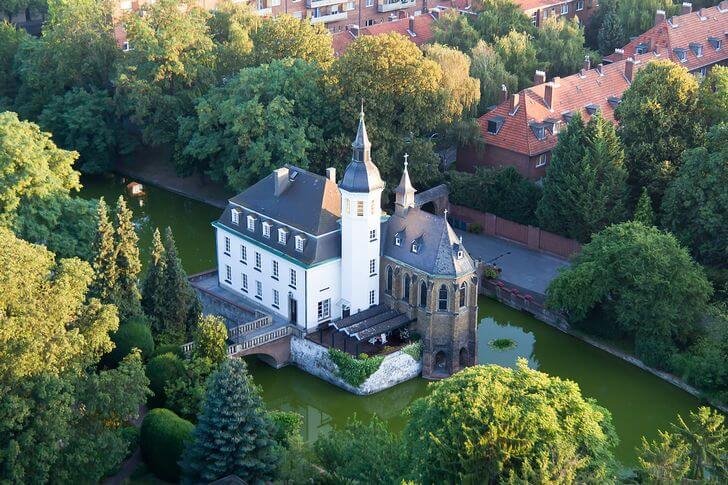
Museum Ludwig
The Museum of Modern Art, which presents interesting collections of surrealists, expressionists, cubists, avant-garde artists, pop art, graphics and other current trends. The exposition was founded by the German chocolate magnate P. Ludwig and his wife in the second half of the 20th century. Of particular value are the works of such masters as Pablo Picasso, Tom Wasselman, Kazimir Malevich, Andy Warhol.
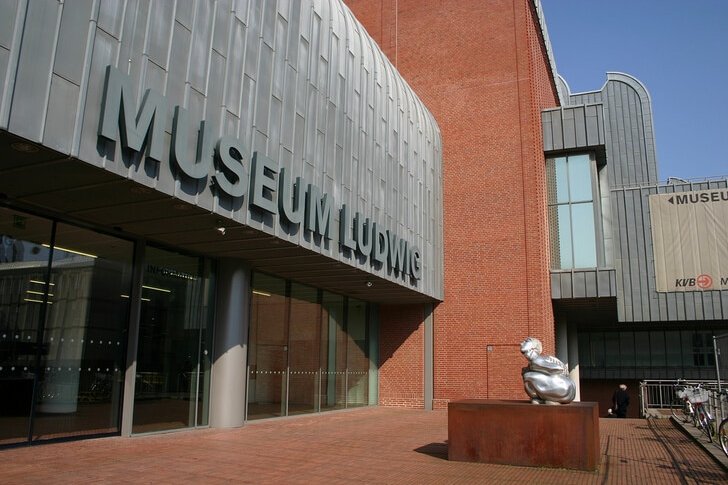
Chocolate Museum
A museum founded by the Imhoff-Stollwerk confectionery company in 1993. This company is considered a respected chocolate factory with rich traditions and a long history. It was founded at the beginning of the 19th century. The exhibits of the Chocolate Museum will tell visitors about the history of this delicacy, from the time of the American Aztecs to the present day. The museum has a cafe-shop where you can try different types of chocolate and buy sweet souvenirs.
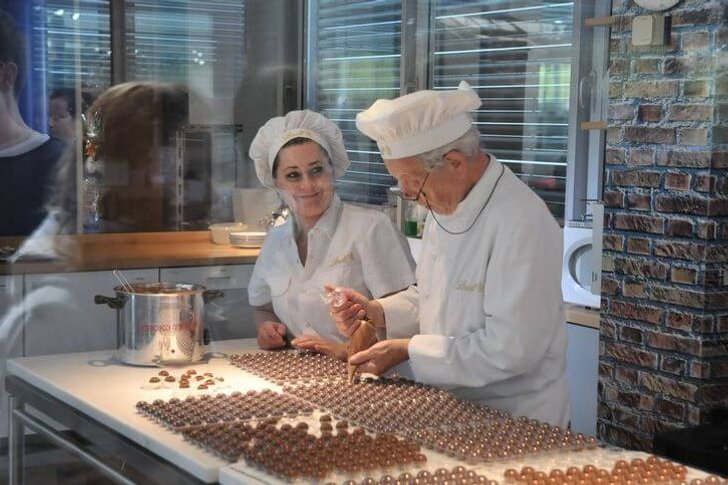
Roman Germanic Museum
Archaeological Museum, which contains exhibits covering the historical period from primitive times to the fall of the Eastern Roman Empire (that is, the early Middle Ages). The lands surrounding the Rhine River were once outlying Roman provinces. The museum exhibits household items and household items of the inhabitants of these lands, dating back to the 1st-4th centuries. AD The remains of the facades of ancient villas, sculptures and mosaics are kept here.

Wallraf-Richartz Museum
The museum is one of the oldest in Germany. Its collections are truly unique - it houses works by Van Gogh, Rembrandt, Monet, examples of medieval painting and ancient icons that survived the terrible time of the Church Reformation. The Wallraf-Richartz Museum was founded in 1861 thanks to the efforts of a local trader-philanthropist I.G. Richartz and the rector of the University of Cologne F.F. Walraf.
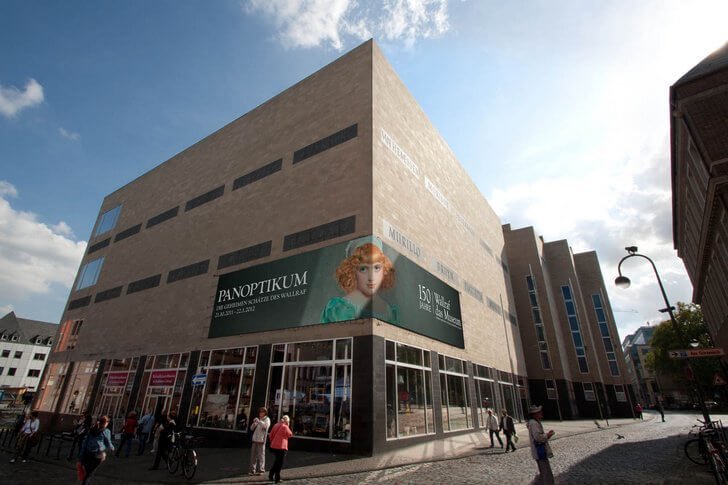
Schnutgen Museum
An impressive collection of medieval art, transferred to Cologne by Mr. A. Schnytgen at the beginning of the 20th century. Here, visitors can see tapestries, jewelry, festive church vestments, sculptures, precious dishes and jewelry. The exposition is dominated by religious themes, since Schnutgen had a rather high level of clergy and was a member of the governing church body.

House of cologne "4711"
The building that housed the workshop and shop of Wilhelm Mullens, the eminent Cologne perfumer, founder of an entire dynasty and creator of the Eau De Cologne 4711 fragrance series. There is also a small museum on the premises, where you can learn a lot of interesting things about the history of cologne. The brand "4711" is the German "Chanel No. 5", a famous and revered brand of perfume.
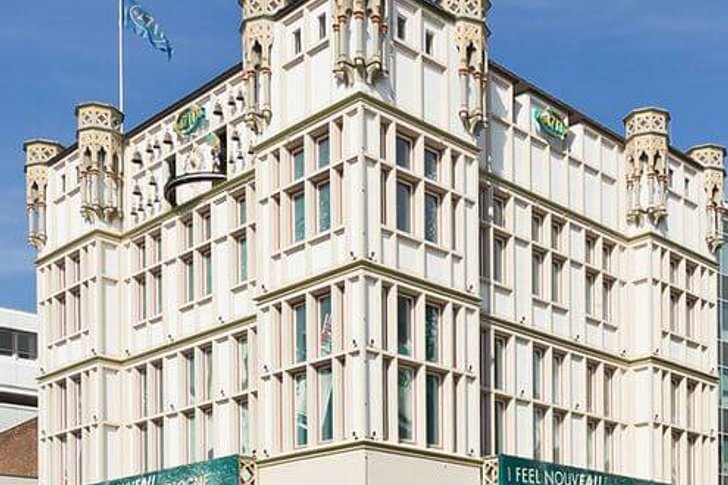
Perfume Museum (Farina's House)
The perfume factory of Johann-Maria Farina is the closest competitor of the Mullens dynasty. Both houses claim leadership in the creation of cologne (Eau de Cologne). This essence was first called "cologne water" until the French gave it a more elegant name. The House of Farina contains all the famous fragrances that have ever been created by the family's perfumers.
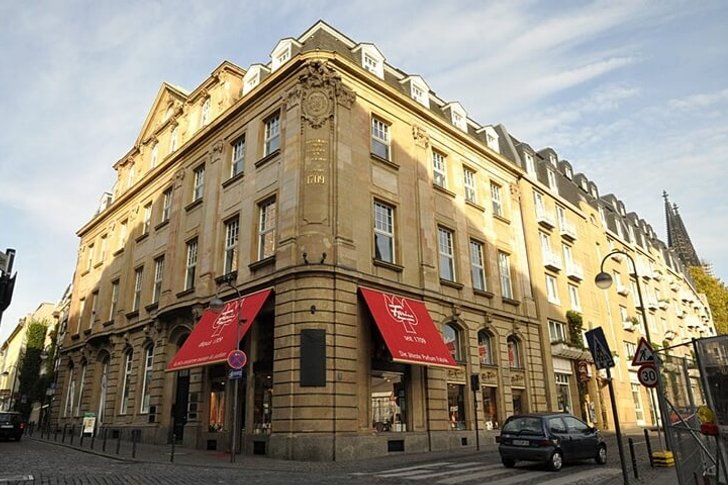
Gürzenich
Concert hall and place for official events. Its history began in the 15th century, when the noble Gürzenich family decided to build a separate building for themselves for diplomatic meetings, meetings, and at the same time for entertainment. In the middle of the 19th century, Gürzenich was rebuilt as a concert hall. The building was destroyed in 1943 and has never been restored to its original form.

Hahnentorburg Gate
The gate was once used as the main entrance to the city. This is a powerful and majestic building that guarded medieval Cologne. The emperors of the Holy Roman Empire entered the city through the gates to bow to the relics of the Magi in the Cologne Cathedral. The Hanentorburg Gate was built in the 13th century and has survived to this day almost in its original form.
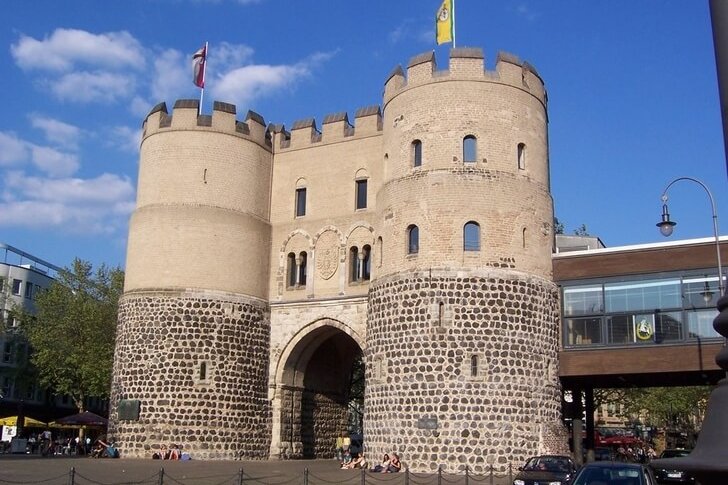
Saint Severin's Gate
The city gate of the 13th century (according to other sources - the 14th century), from which the road south from Cologne to the city of Bonn began. The construction was part of the city defensive fortifications. At the gates of St. Severin, the Cologne authorities usually met royalty and important guests - their own rulers, their noble brides and foreign kings who arrived on a friendly visit.
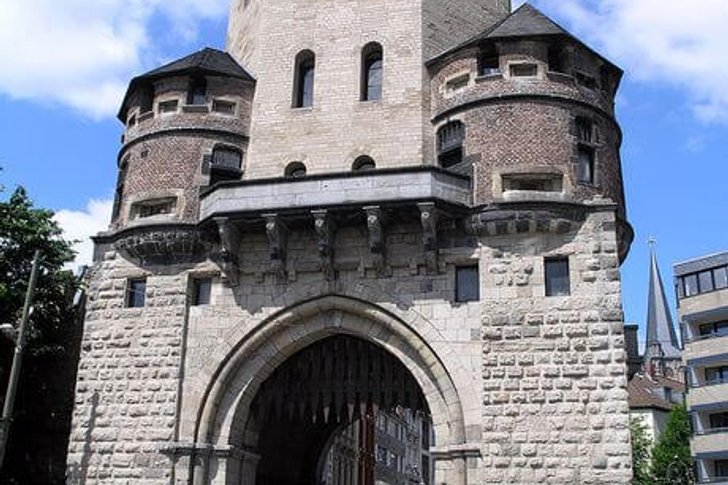
Ulrepfort
An ancient fort is a defensive structure that guarded the approaches to Cologne. The name can be translated as "potter's gate". From the middle of the XIII century, Ulrepfort regularly performed defensive functions, but in 1450 it was closed, walled up and transferred to the possession of the Carthusian monastery. After some time, the monks adapted the powerful tower of the fort for a windmill.
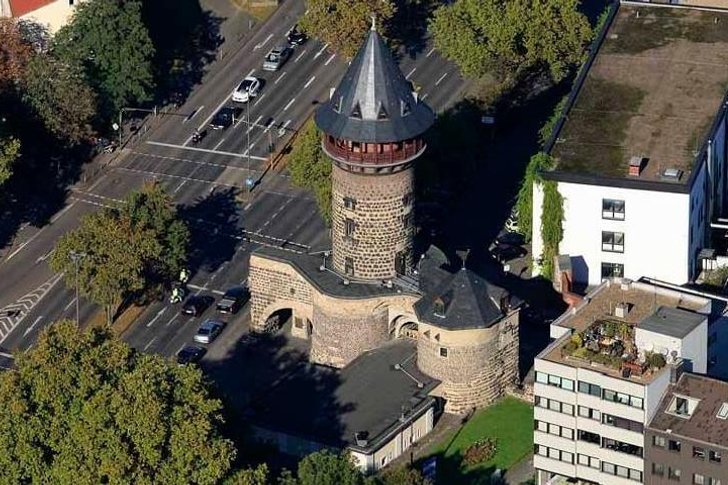
eigelstein gate
The building is located in the northern part of Cologne. Along with Ulrepfort, Hanentorburg and St. Severin's Gate, the Eigelstein Gate formed the defensive fortification system of Cologne. It also housed customs, a prison and a court. During the Second World War, they were thoroughly destroyed. Restoration work began as quickly as possible.

Bayenturm tower
Medieval building of the XII-XIII centuries, which was erected to protect the city. The tower survived several restorations, during the phased demolition of the old fortress walls of Cologne, it always remained unscathed, but still it could not escape the destruction of the Second World War. The restoration of the tower was undertaken only in the 80s. XX century.

Church Great Saint Martin
A picturesque temple, which is located near the Cologne Cathedral. The church is interesting because its architecture contains elements of several styles: Gothic, Baroque and classical Byzantine style. Like most historic buildings in Cologne, the building was destroyed by bombs during World War II. The modern building of the church is a skillful copy of the building of the XII-XIII centuries.

Church of St. Panteleimon
The Catholic Church, built in the Romanesque architectural style. This is a powerful building with symmetrical laconic forms, two high towers and a strict facade. In the era of the Early Middle Ages, Christians gathered here on the hill to perform their rituals. The interior of the church is not luxurious; the interiors are inspired by the Moroccan style, typical for the Caliphate of Cordoba.
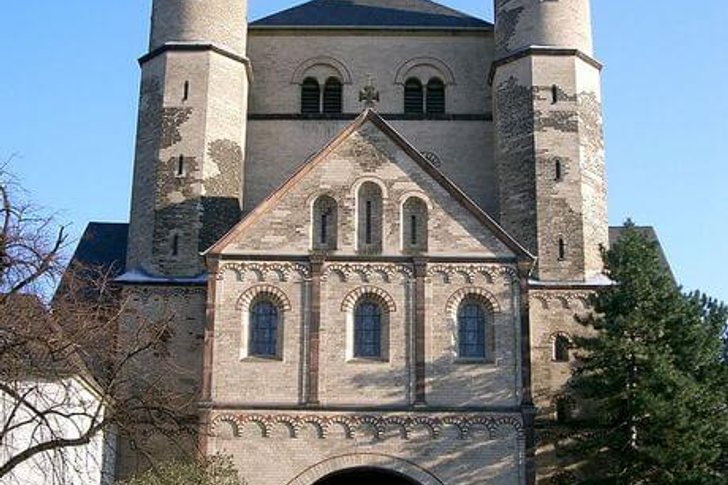
apostolic church
A Romanesque basilica built on the site of a 10th century monastery. This is a very ancient temple, which already in the XI century was one of the spiritual centers of the Christian community. Over the 1000 years of its history, the Apostolic Church was rebuilt many times, so almost nothing of the original interiors has been preserved in it. Today the temple belongs to the Catholic community of Cologne.
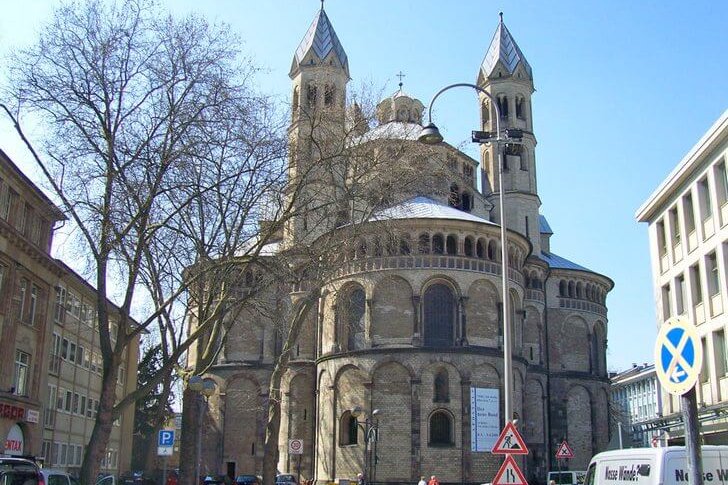
Cologne cable car
Cable car over the river Rhine, a popular tourist attraction. It offers a stunning view of the Cologne Cathedral. During the trip by cable car, the tourist is given the opportunity to view the temple in all its glory. The first time the cable car was opened in 1957, but five years later it was dismantled due to the need to use the land for the construction of the zoo. Her "second birth" occurred in 1996.

Hohenzollern Bridge
Railway arch bridge over the Rhine. Its discovery took place at the beginning of the 20th century. The bridge is in perfect harmony with the architecture of the Cologne Cathedral. The construction was blown up during the Second World War and completely restored only by 1958. For local couples, the Hohenzollern Bridge is a “bridge of love”, where you must hang an iron lock that holds the heart together, and throw the key into the Rhine.
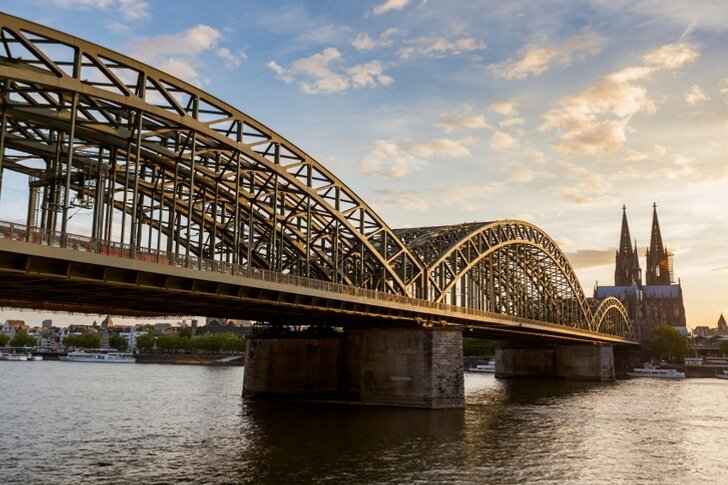
Botanical Garden "Flora"
Park and botanical garden, one of the oldest in all of Europe. It was organized in the 19th century. The Prussian master P. Lenne worked on the landscape design. On the territory of the park there are walking alleys, greenhouses, meadows, sculptural groups and a small lake. The entire infrastructure of the botanical garden is designed for maximum comfort of visitors.

Amusement park "Fantasy-land"
An amusement and amusement park that has been operating for more than half a century. It is considered one of the first in Europe. Fantasy Land is a worthy analogue of Disneyland Paris. It is very popular among Germans and tourists. There are several thematic zones on the territory: the Wild West, the Mexican Prairies, Ancient Greece, the Celestial Empire and others.
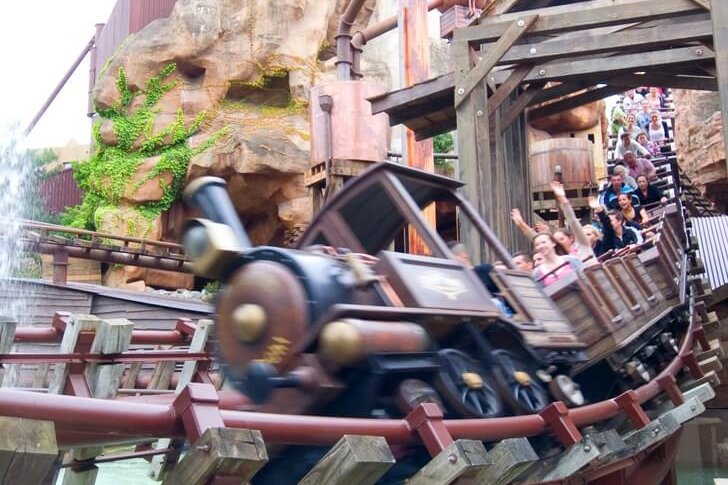
cologne zoo
A zoo with a herd of elephants. Huge African animals have been living safely in the Cologne Zoo for ten years. The zoo also boasts an impressive population of baboons (more than 150 individuals) and a large capacious aquarium. The zoo was founded in 1860. The number of visitors per year ranges from 1.5 million to 1.7 million people.
